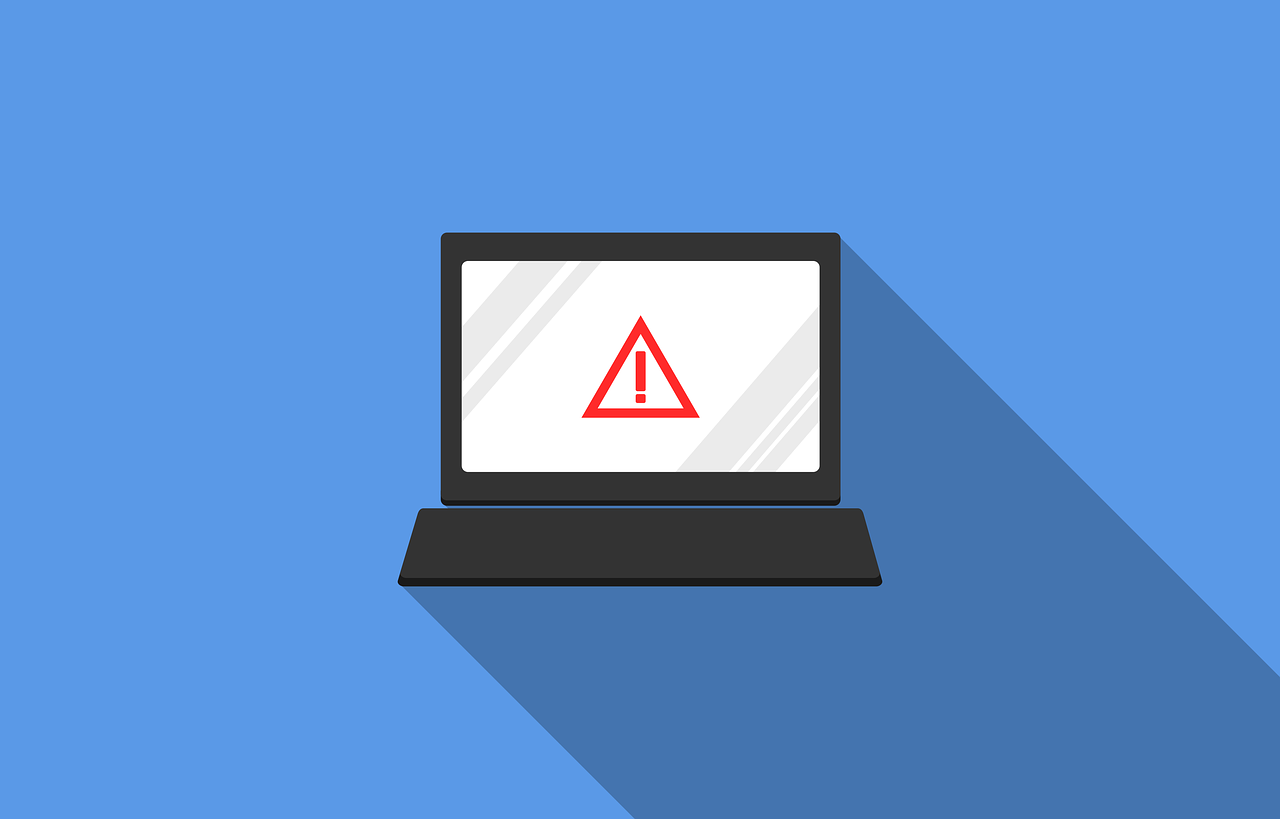
A recent cybersecurity alert has brought attention to a significant vulnerability affecting Synology NAS (Network Attached Storage) devices. This vulnerability, identified as CVE-2024-10443, poses a substantial risk because it allows for zero-click exploitation. Zero-click attacks are particularly dangerous because they do not require any interaction from the user, making them harder to detect and defend against.
The Nature of the Vulnerability
CVE-2024-10443 relates to a flaw that attackers could exploit remotely, potentially taking control of affected NAS devices without user input. Such vulnerabilities are alarming for individuals and organizations relying on NAS for data storage and network management due to the sensitive information these devices often hold.
How Zero-Click Attacks Work
Zero-click vulnerabilities, like the one reported, leverage flaws in software to execute code without needing user interaction. These types of attacks are stealthy and can bypass traditional user-driven security defenses, such as phishing filters, since they don’t rely on tricking users into clicking malicious links or opening harmful attachments.
Potential Implications
- Data Breaches: Unauthorized access could lead to significant data leaks, which may include private or corporate information stored on NAS devices.
- Ransomware Attacks: Compromised devices are prime targets for ransomware, where data could be encrypted, and access is only restored upon payment.
- Botnet Incorporation: Infected devices can be added to botnets, which cybercriminals use to conduct DDoS attacks or spread malware to other systems.
Response and Mitigation
Synology has begun addressing this vulnerability by rolling out patches and updates to secure affected systems. Users are advised to update their firmware and software to the latest versions promptly. It’s also recommended to restrict device access to trusted networks only and enhance security configurations, such as disabling unused services and employing multi-factor authentication (MFA) for better protection.
Best Practices
For enhanced security against similar threats, users and administrators should:
- Regularly review and apply security updates.
- Implement strong network access controls.
- Monitor device activity for any unusual or unauthorized behaviors.
- Use comprehensive cybersecurity tools to detect and mitigate intrusion attempts.
While Synology’s timely response aids in addressing CVE-2024-10443, ongoing vigilance is essential to protect against potential zero-click exploits in the future.







